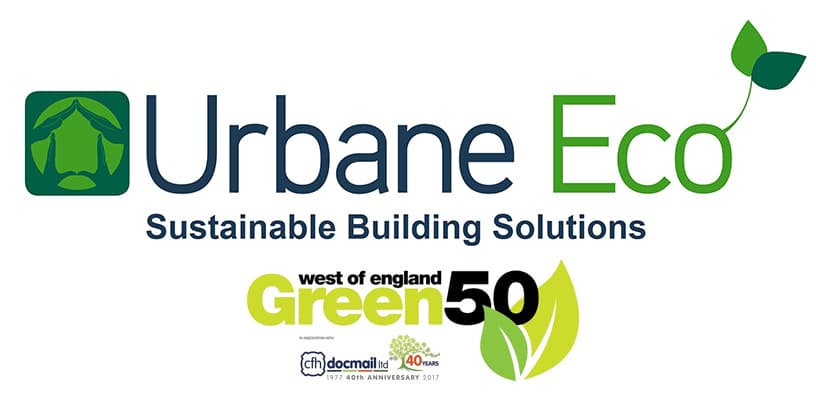The environmental impact of insulating our homes

We are all aware of what is going on with our planet; global warming is having a huge impact and we must be the ones held responsible to take action to reduce it. You may already recycle, walk/cycle or use public transport and have started not using plastic carrier bags, but have you considered the cost to the environment when you are heating and running your home on a day to day basis?
The relation between insulation and the environment is pretty simple; a well insulated home means less use of our heating/cooling devices and therefore less co2 emissions meaning a cleaner environment. Better still, if environmentally friendly and natural materials are used, you are actively contributing towards a more sustainable planet.
One of our most popular insulation materials is wood fibre. This is not only breathable, but a sustainable product too, as it is made from the waste produced in timber manufacturing areas in Europe. There are little emissions produced in its manufacture and wood, is of course, renewable and locks in carbon during growth. Primarily, however, the main benefit to the home owner when insulating with wood fibre is the use of less heating and cooling devices and therefore less CO2 emissions.
Another insulation material we use is mineral wool, or rock wool. This is made from molten rock combined with a binder and a small amount of oil. It’s exposed to very high temperatures during production making it highly non-flammable. (We would especially recommend its use on high-rise buildings).
Now, let’s compare these to the widely used plastic and petrochemical materials which are used on the market today.
PIR (polyisocyanurate) insulation is a popular insulation board commonly used on homes across the country. PIR is derived from petrochemical substances, so in terms of environmentally friendliness is not a very highly regarded material. The production process produces emissions to air and water as well as hazardous wastes, so again contributes to our planets global warming problem. Furthermore, it is important to note that if this material is to catch fire, a considerably higher level of toxic gases are produced compared to those of other insulation materials. In particular, hydrogen cyanide is a significant contributor to the fire toxicity of PIR. It’s been proven and observed by scientists that most fire related deaths resulted from toxic product inhalation, proving the real danger this product can pose to human health and the environment.
I trust this article has highlighted ways we can help the Earth by being conscious of what measures we take to improve your home to increase its efficiency, as well as being mindful of the materials we are using. We must take sustainability into consideration too, and build or retrofit homes which aren’t depleting resources or having a harmful impact on the planet. We must take responsibility to leave the planet in a fit state for habitation by future generations, and a way we can do this is build energy efficient, sustainable homes.
Written by Leanne Groves.
